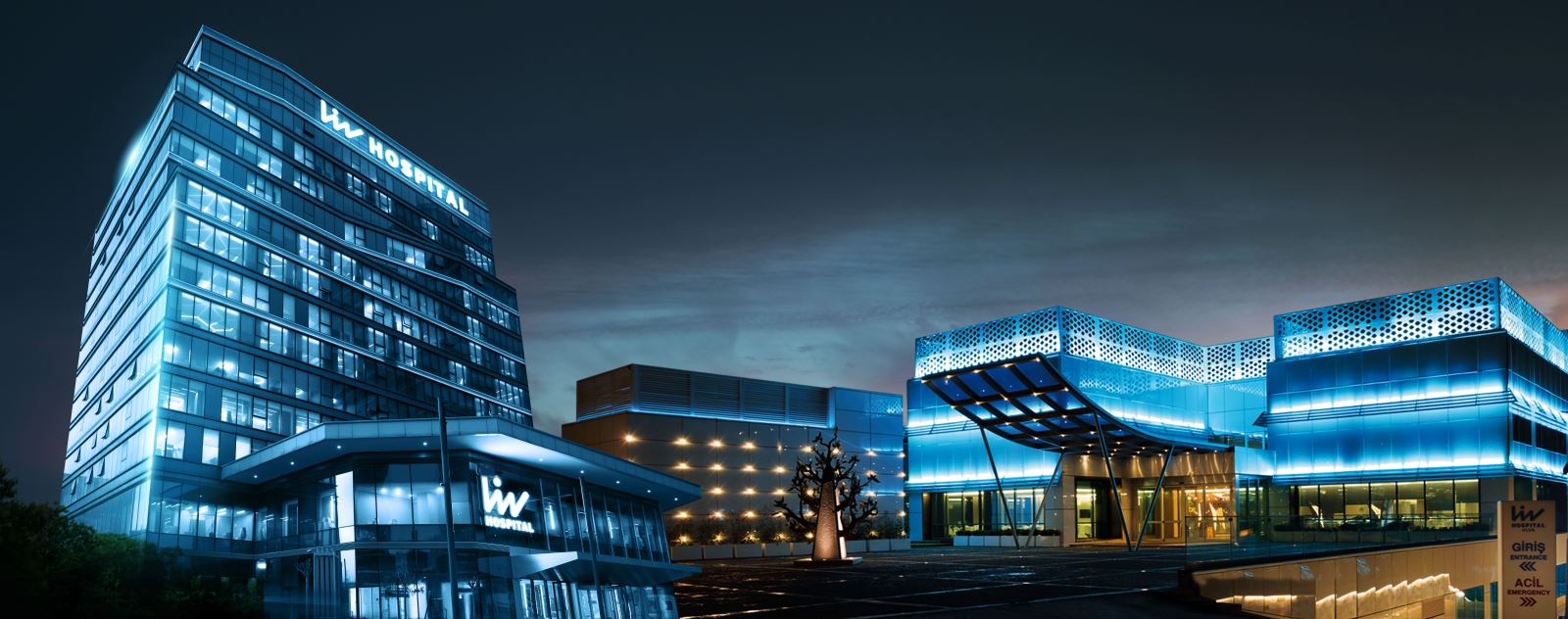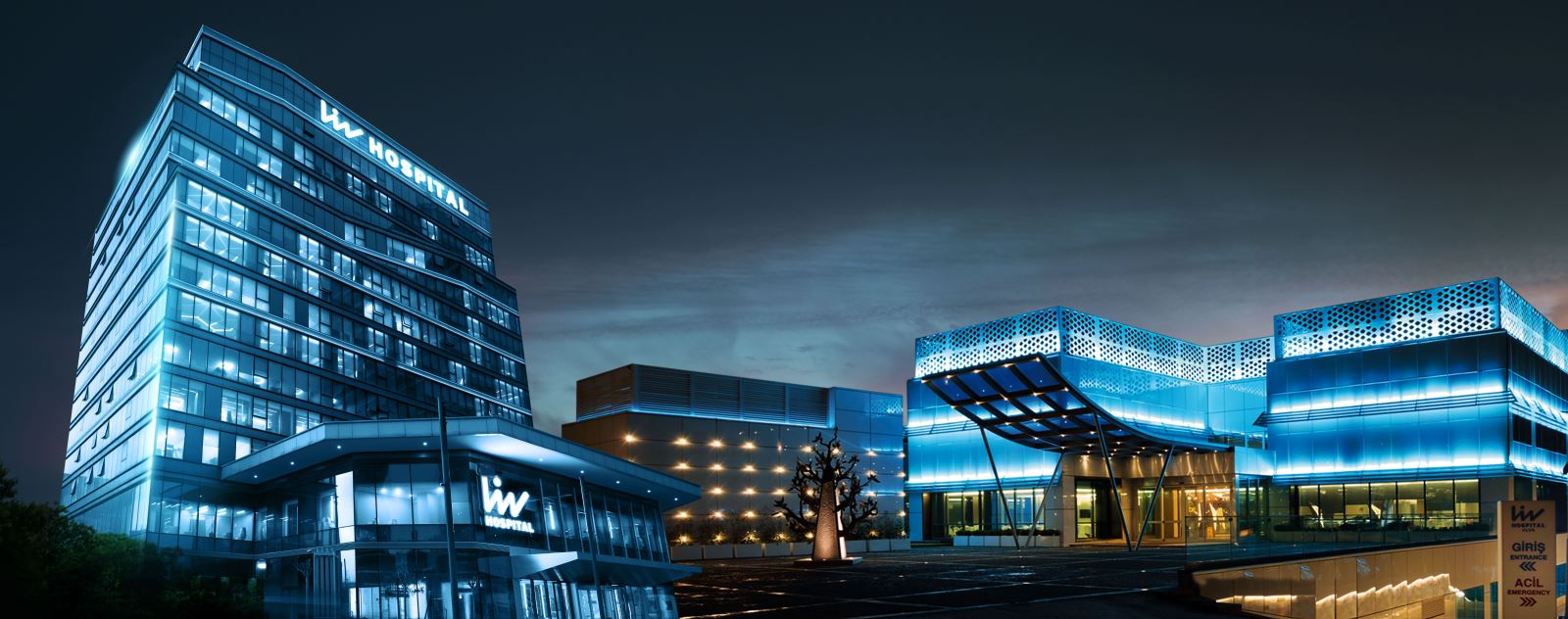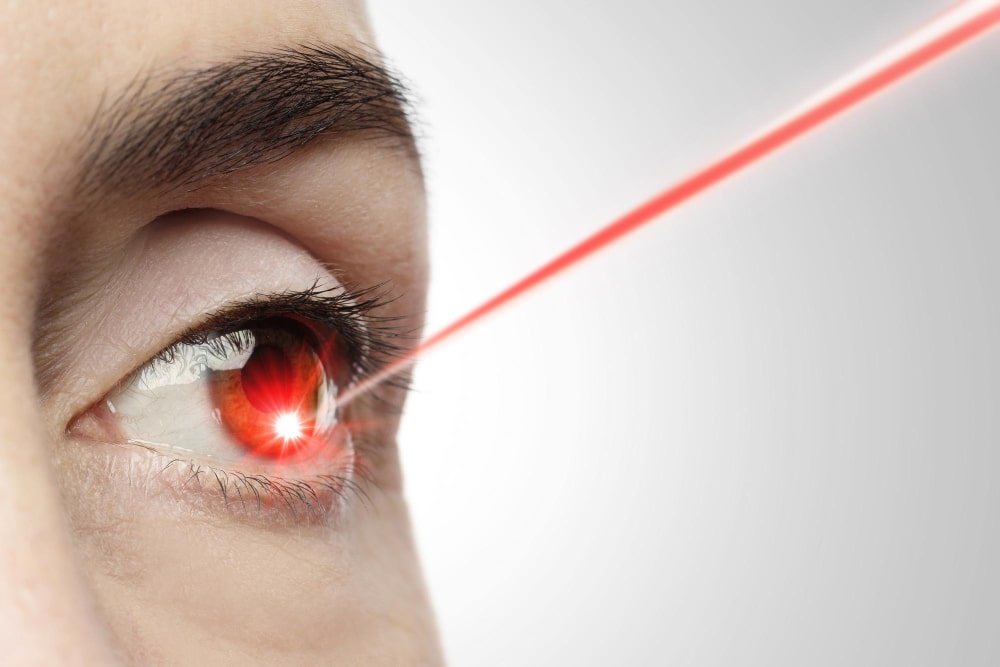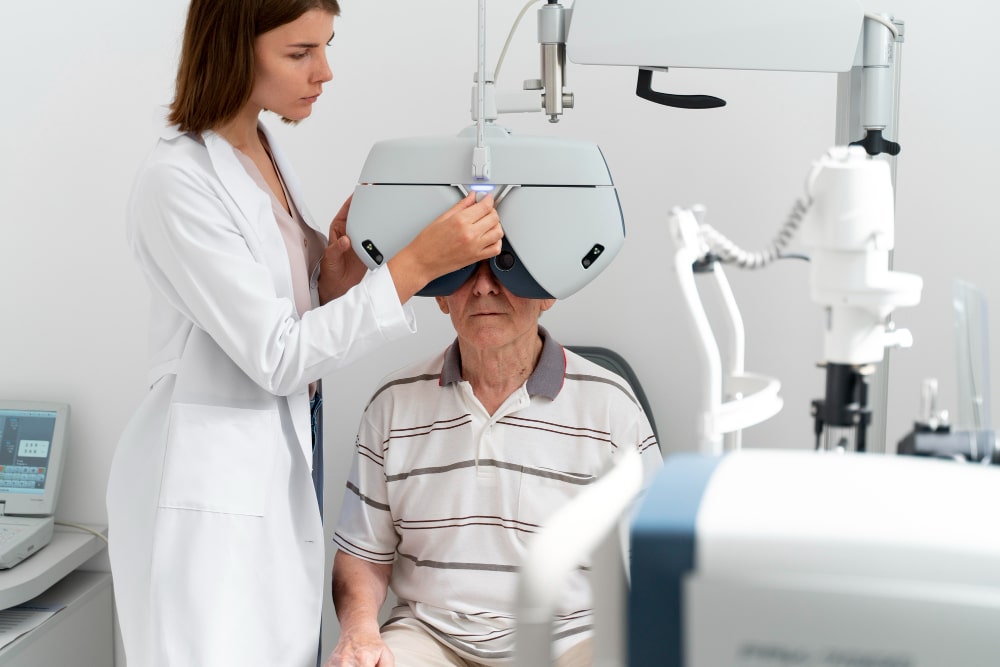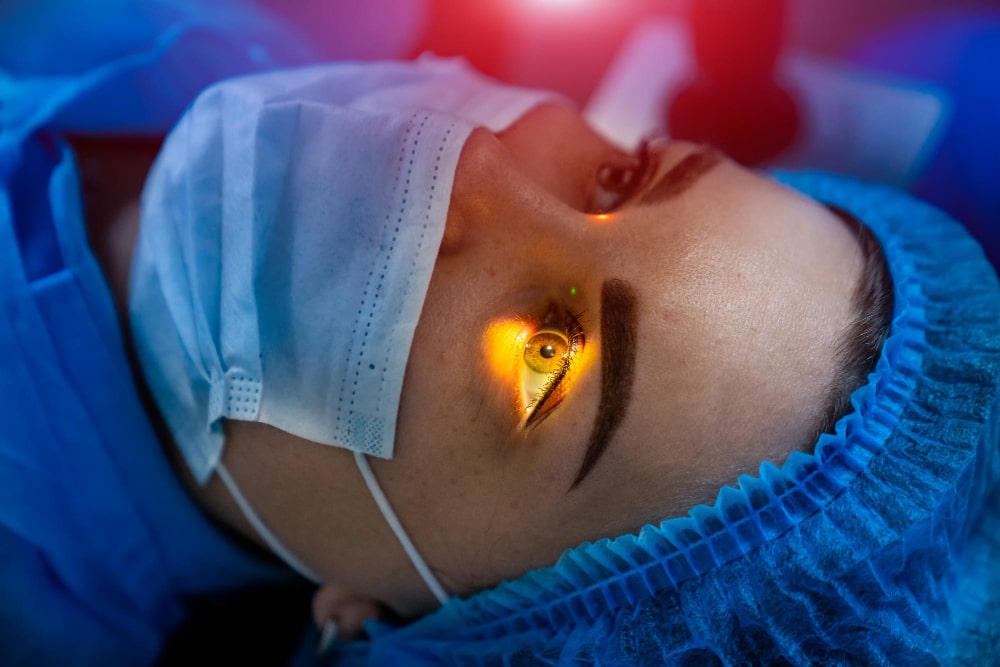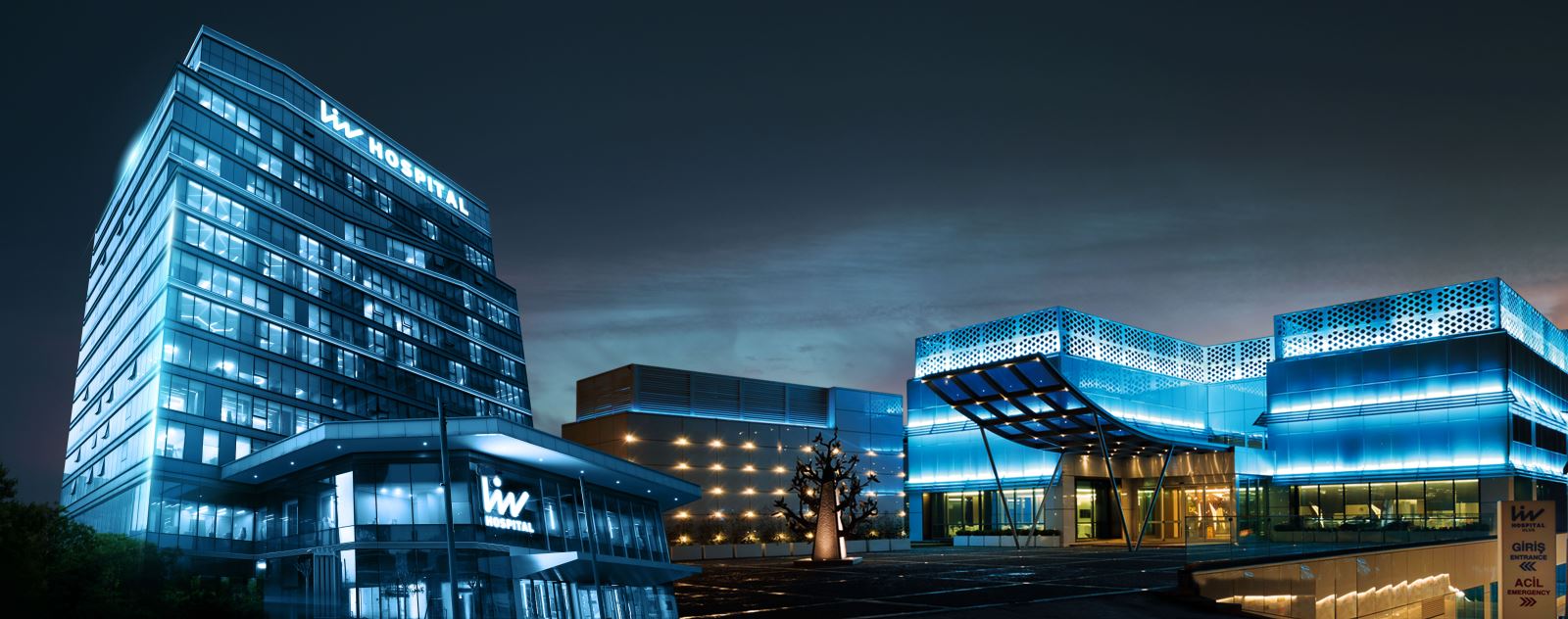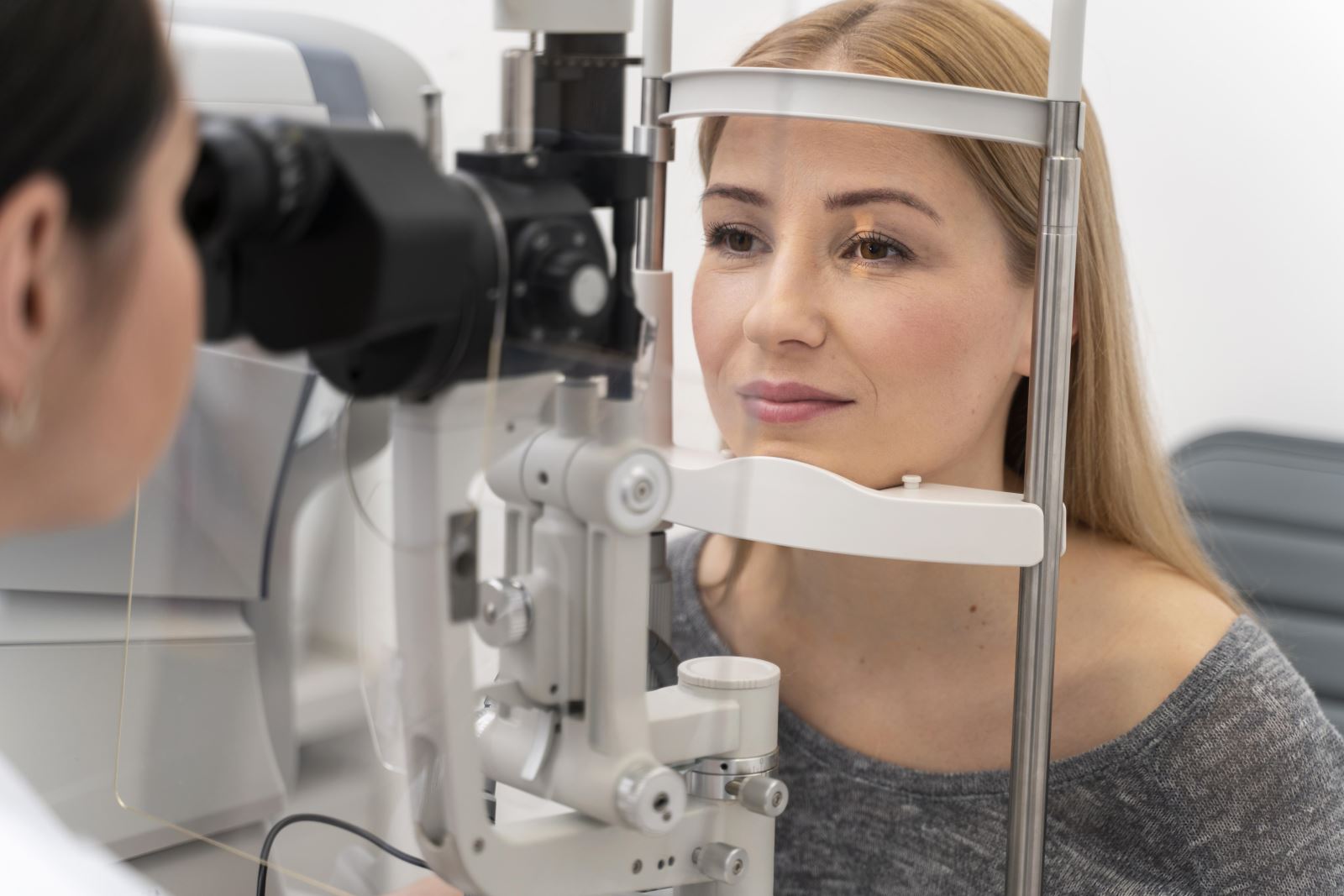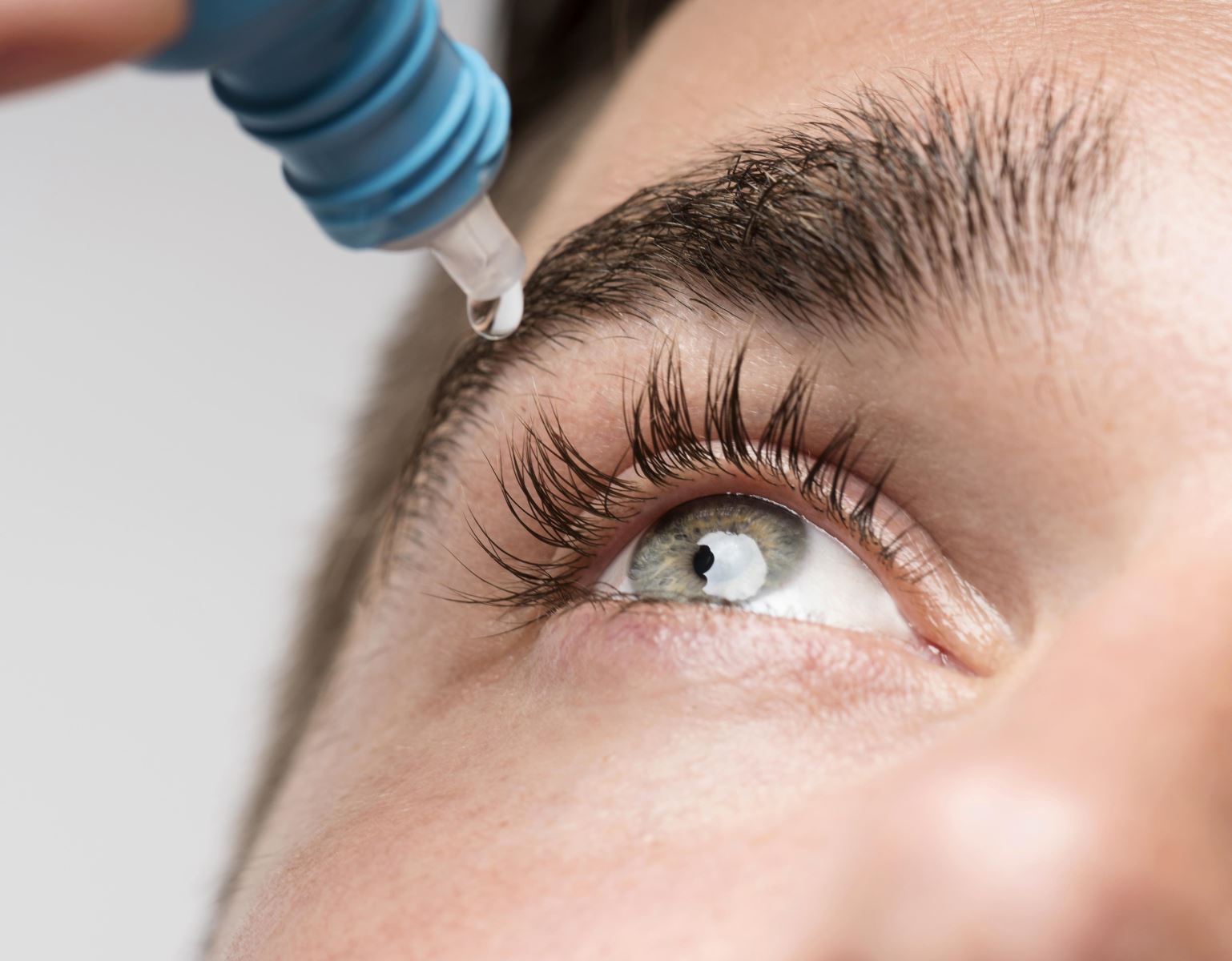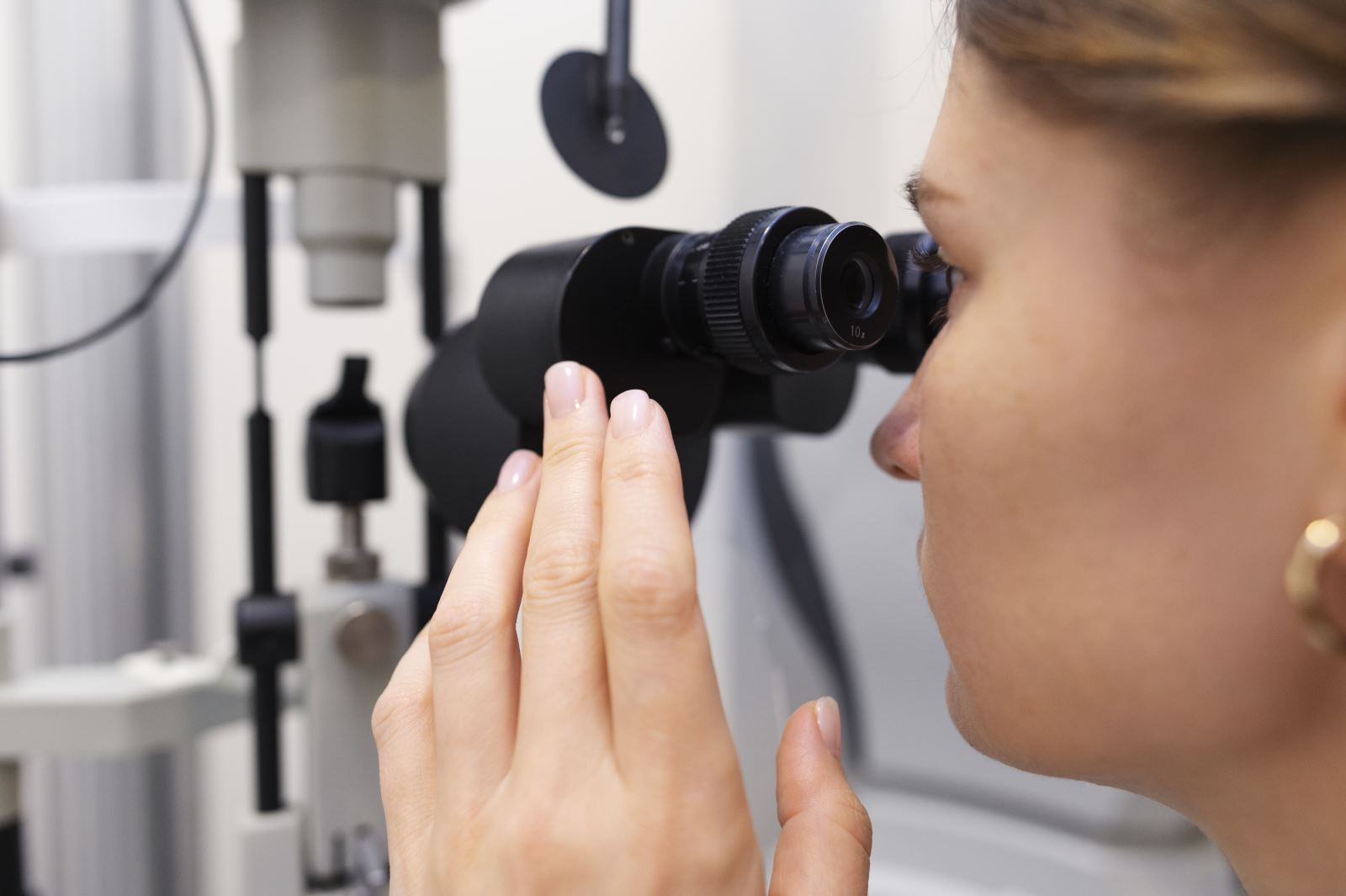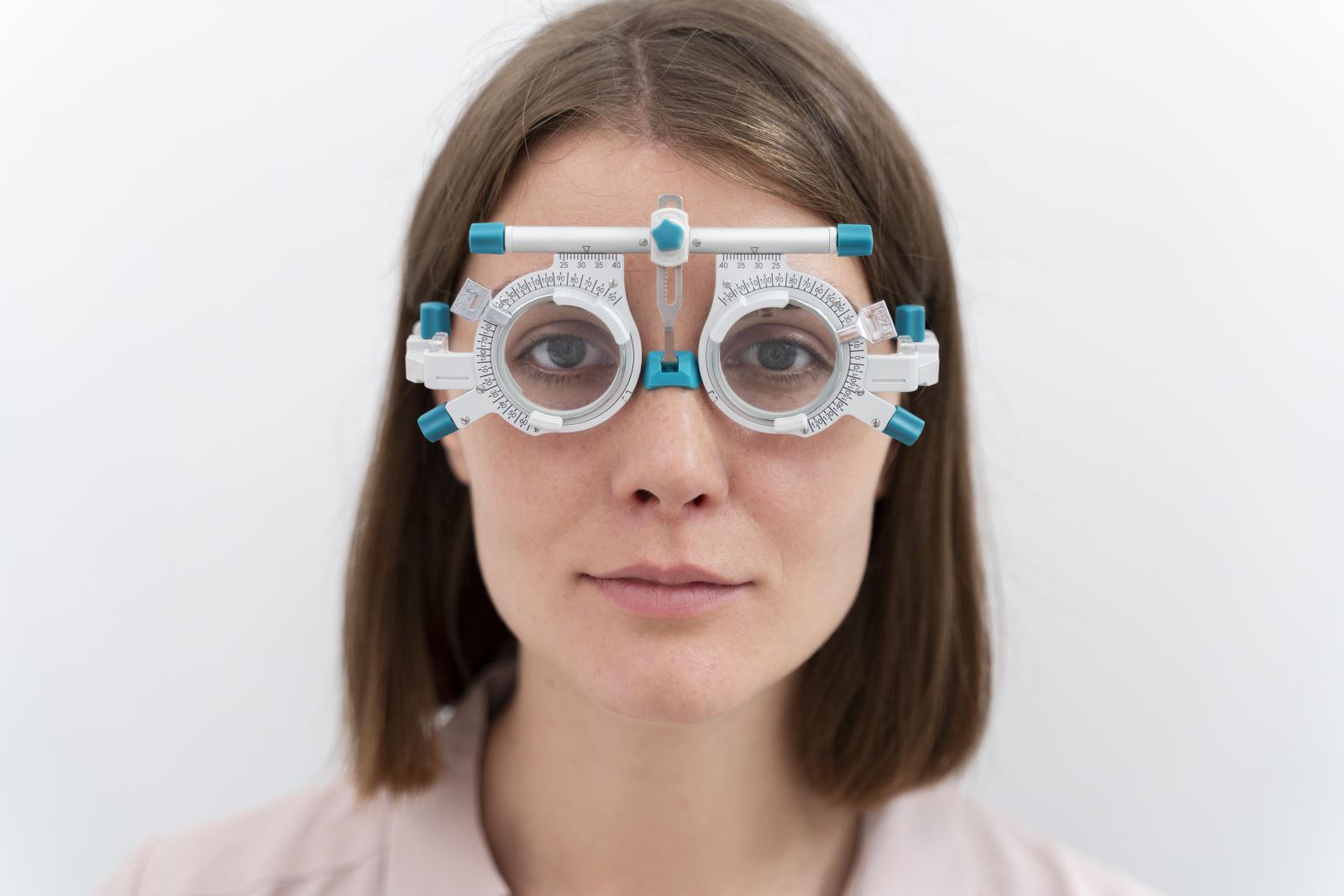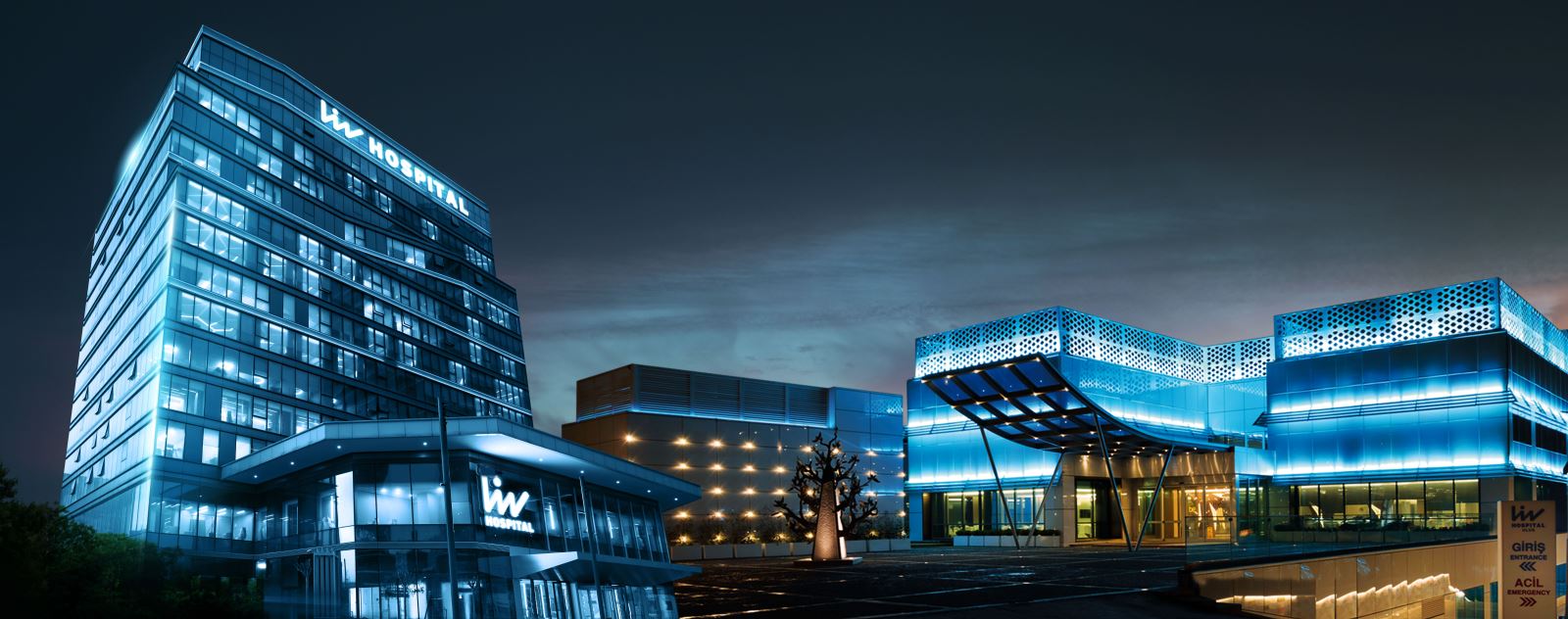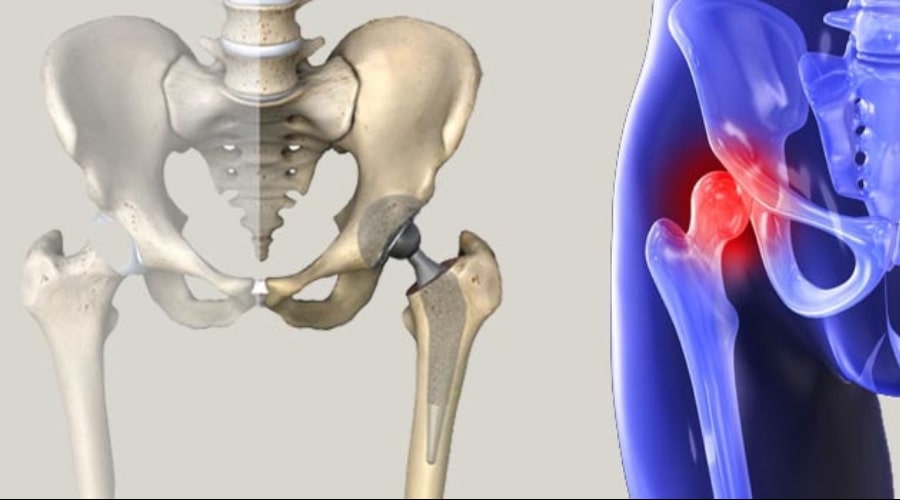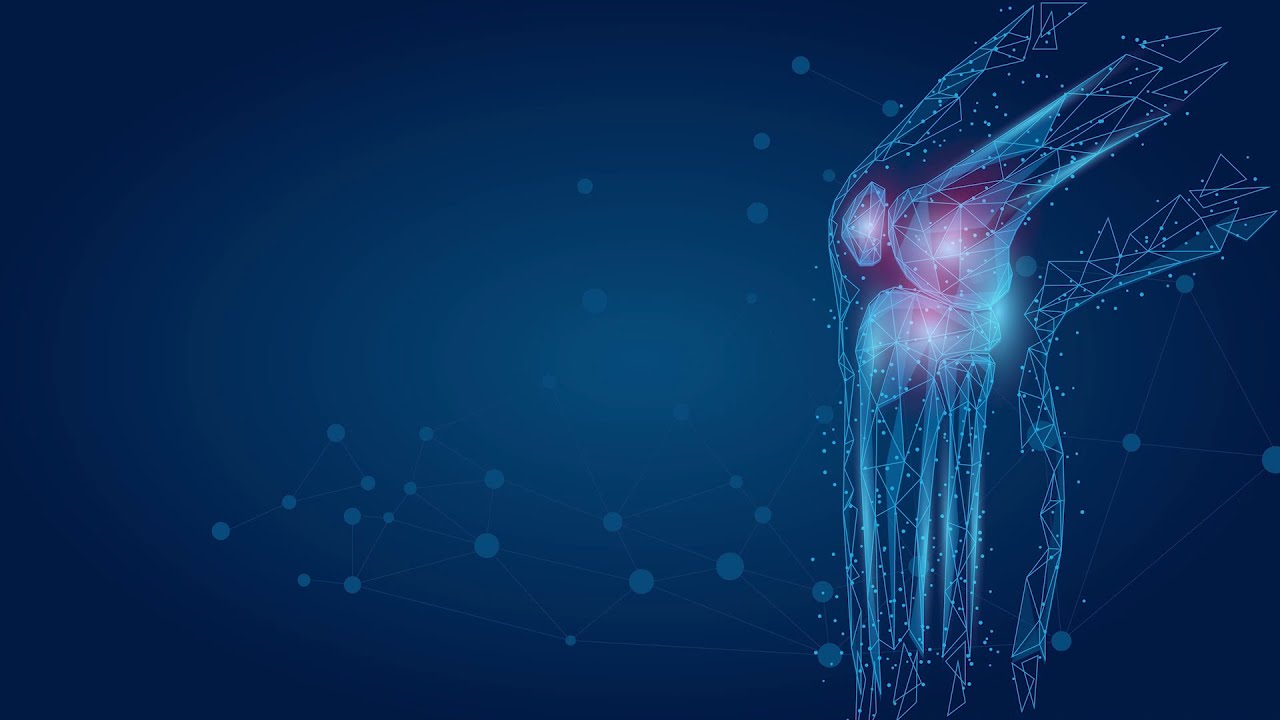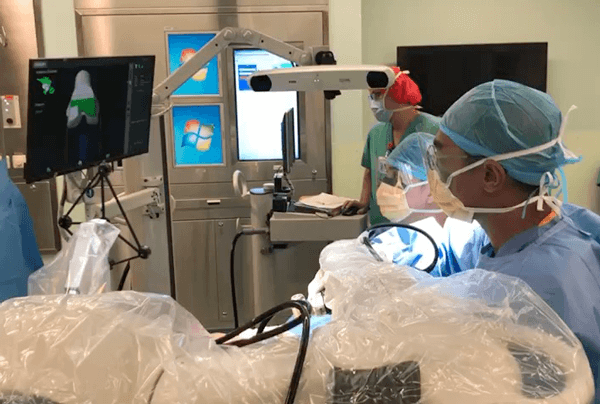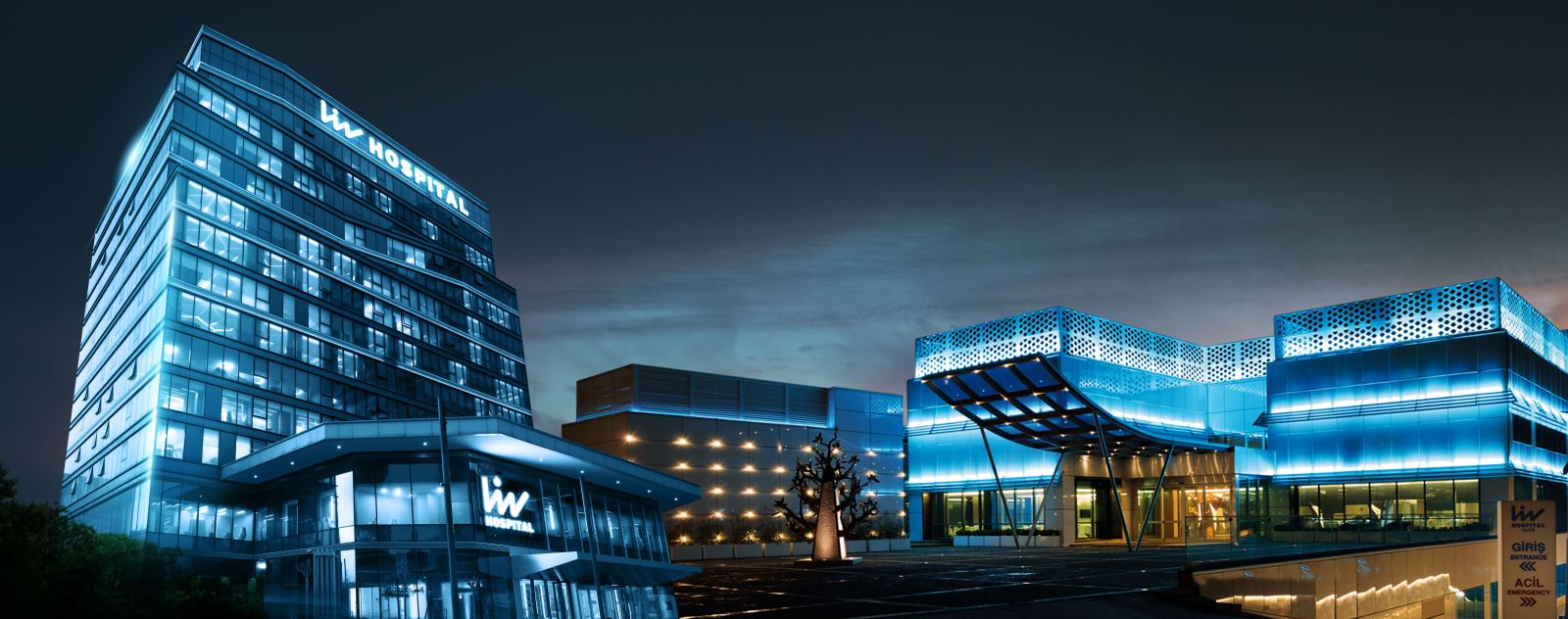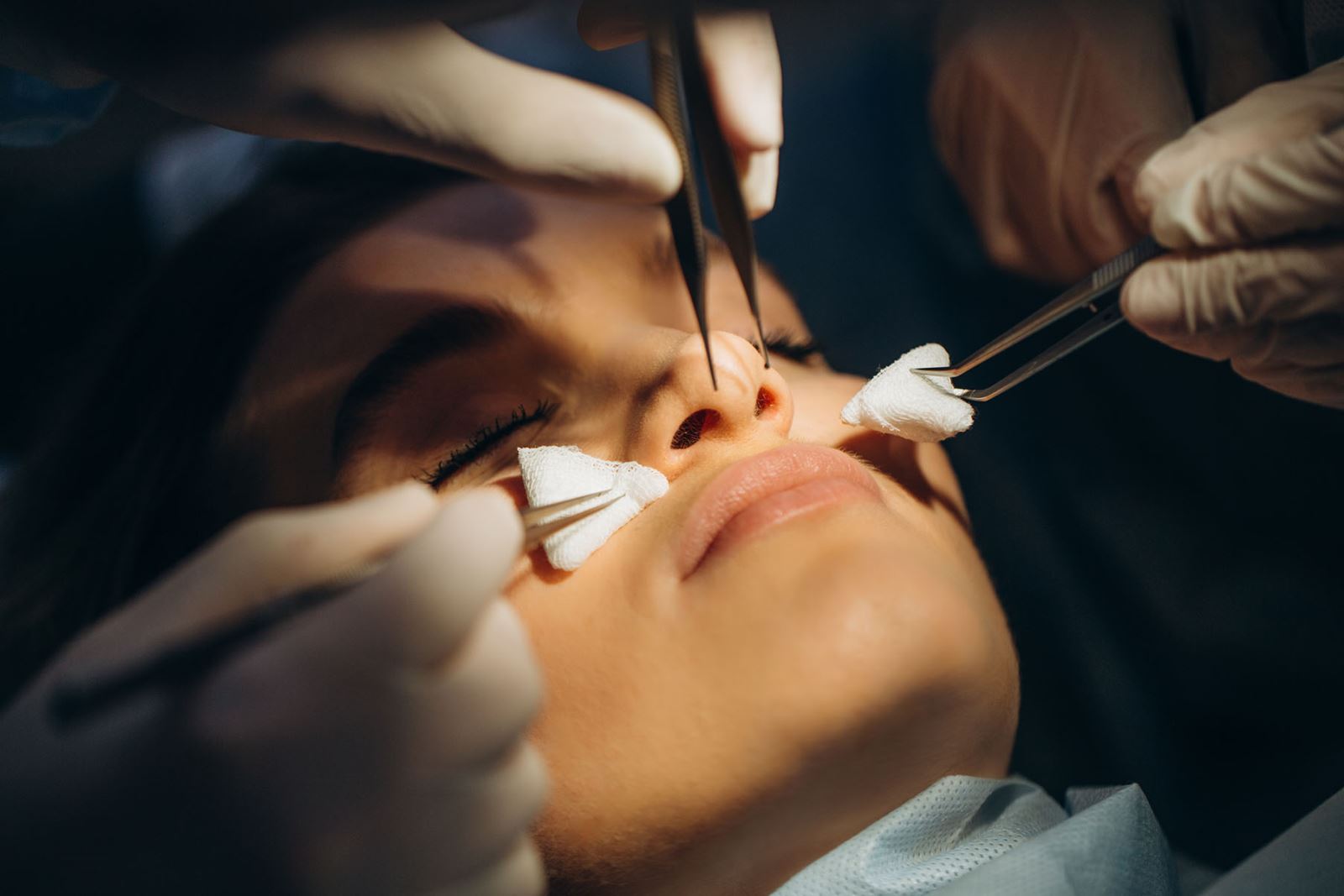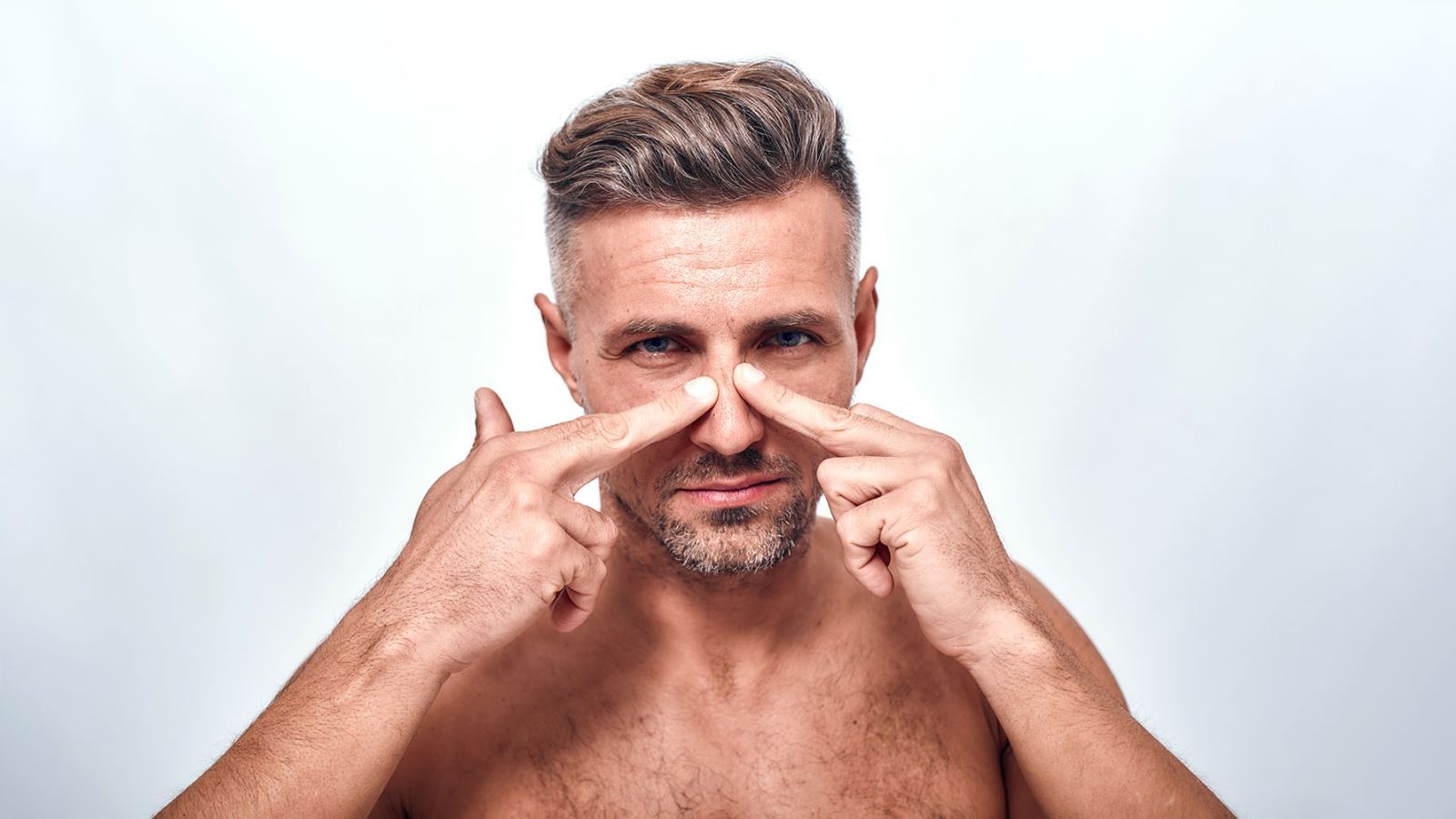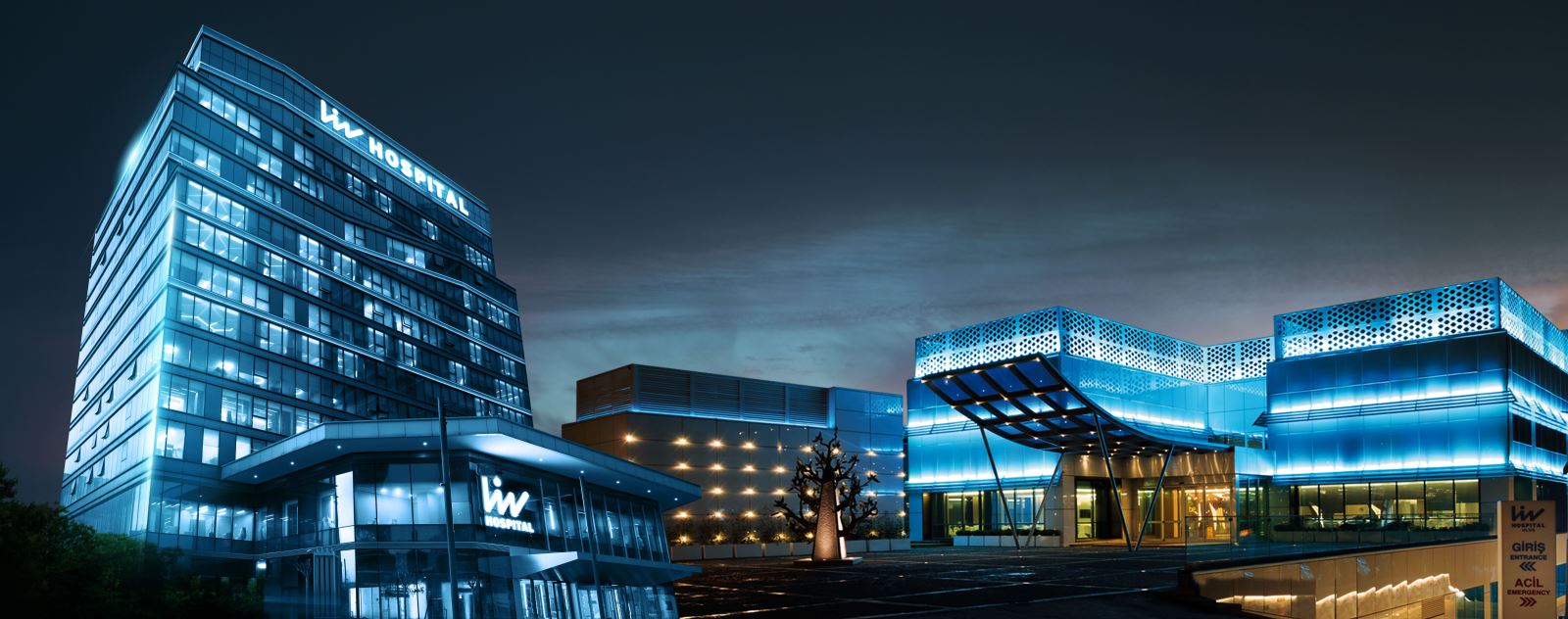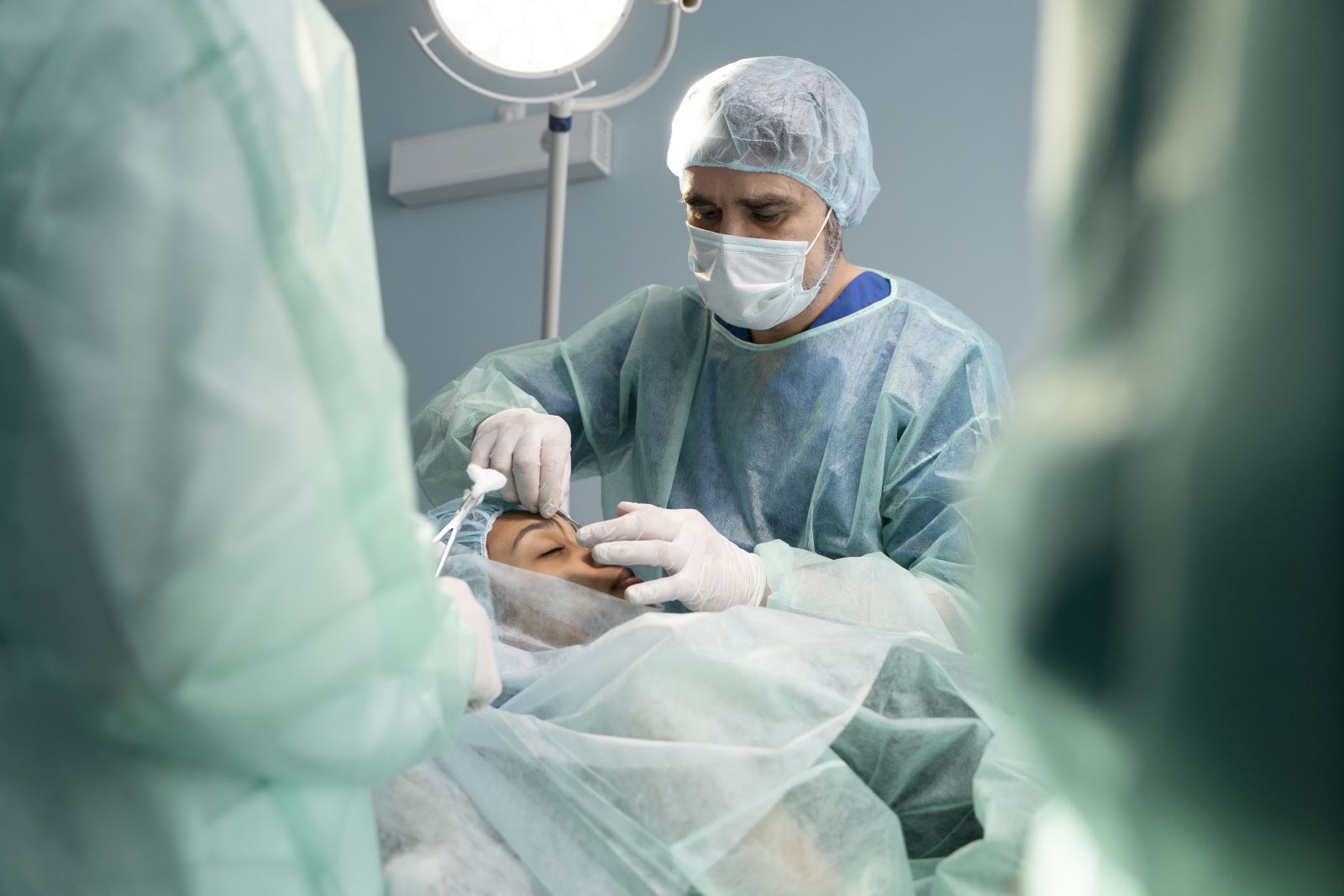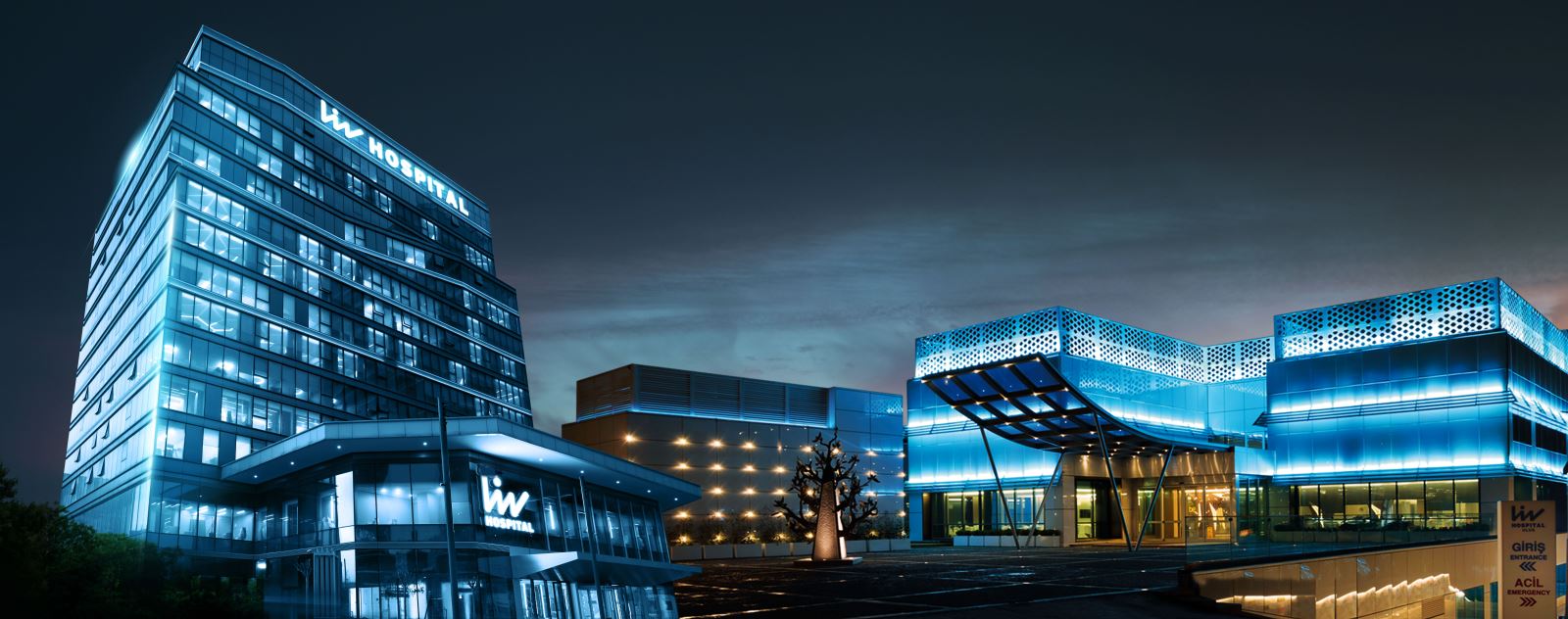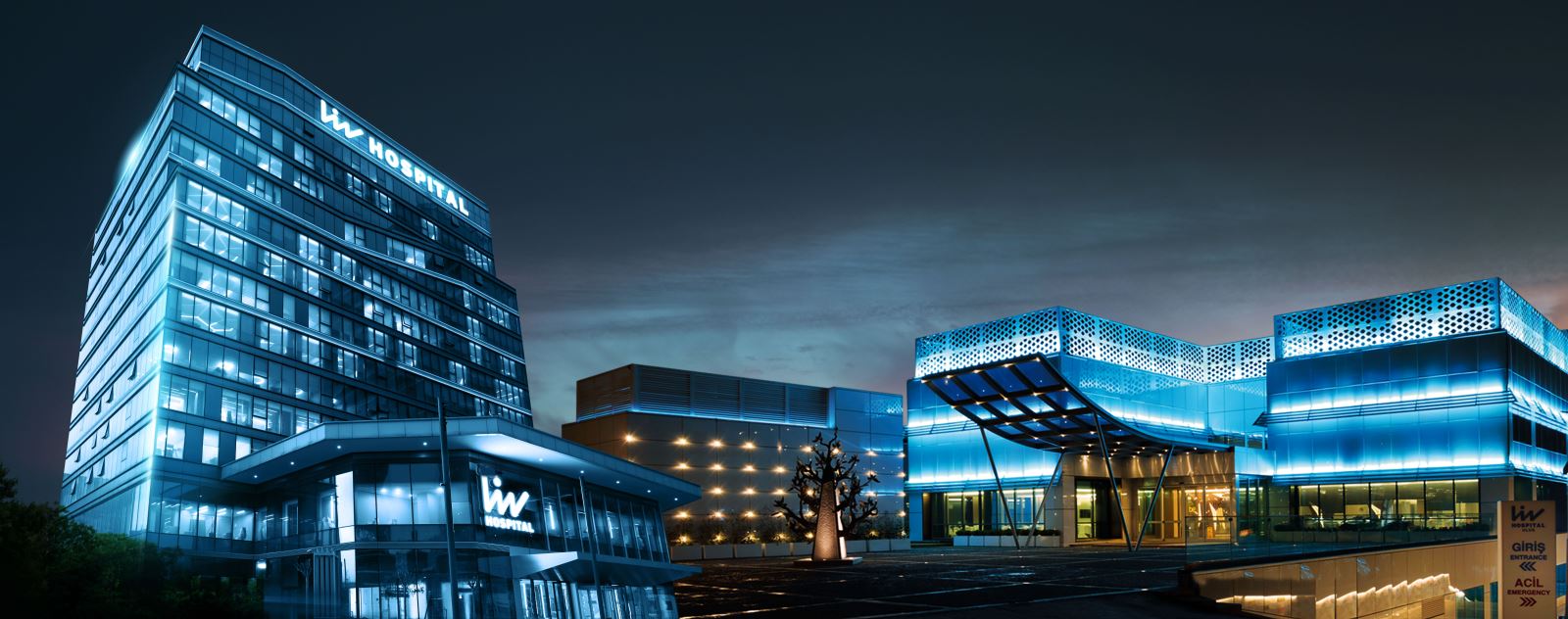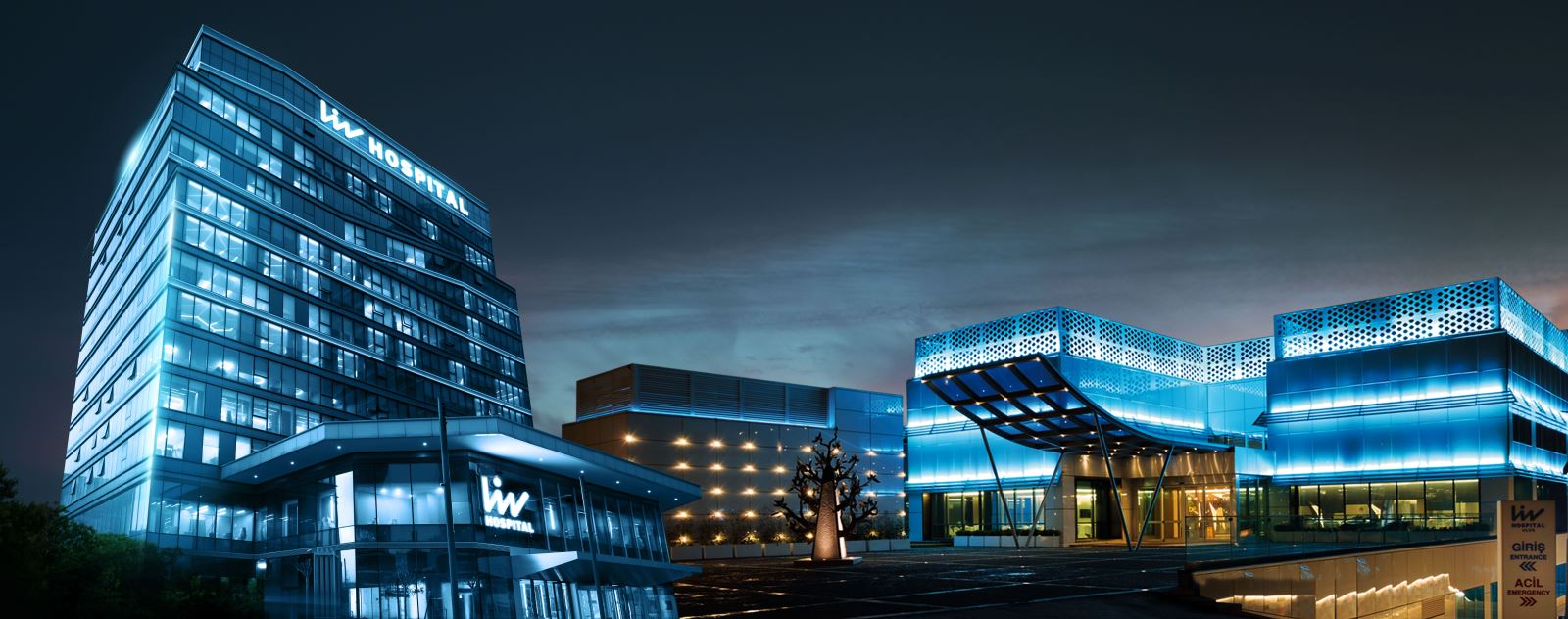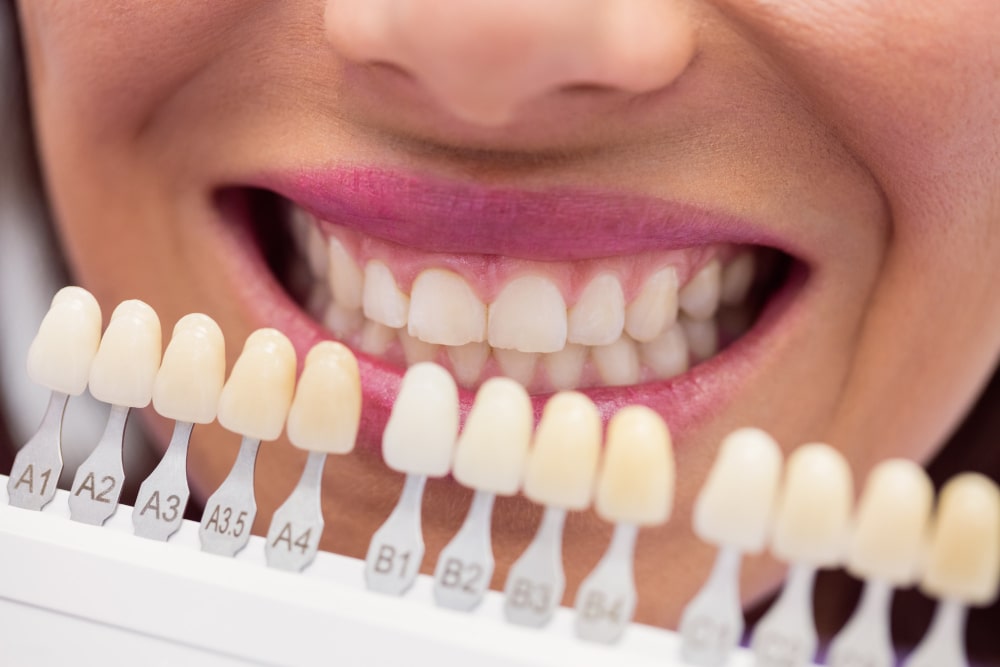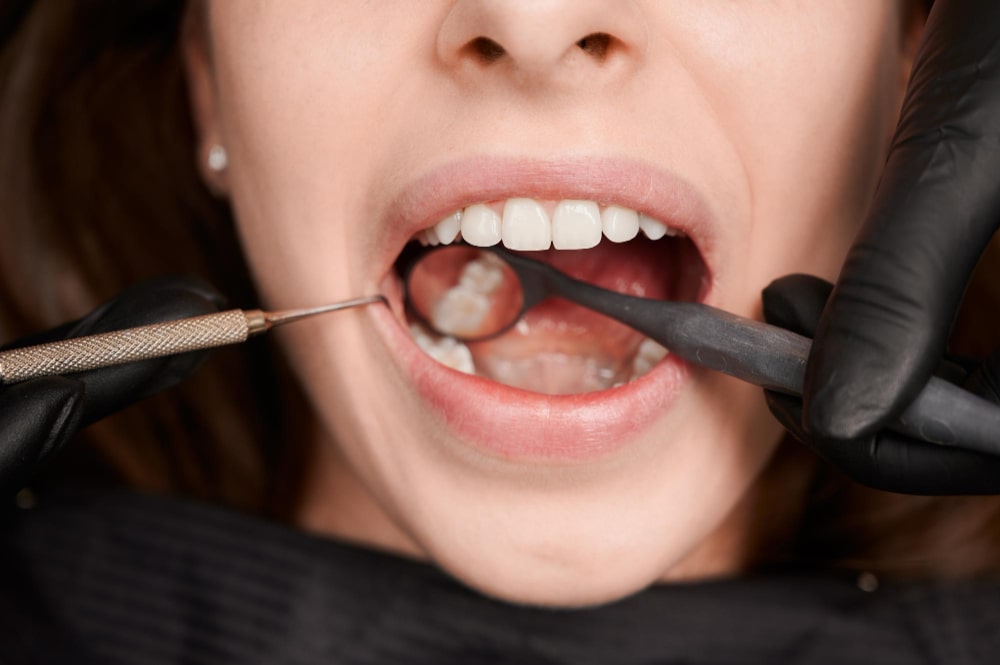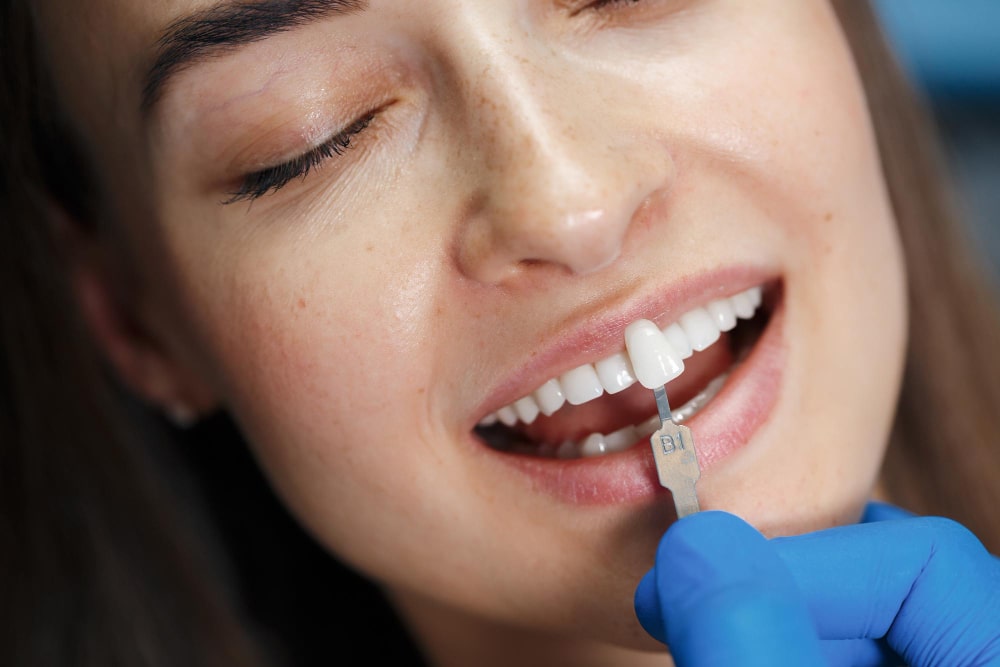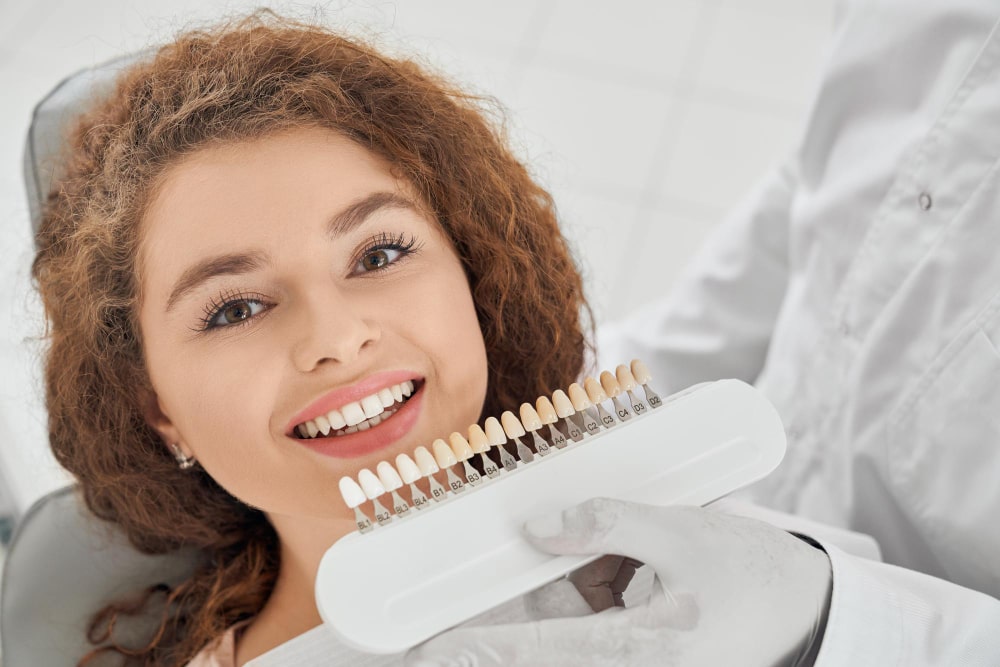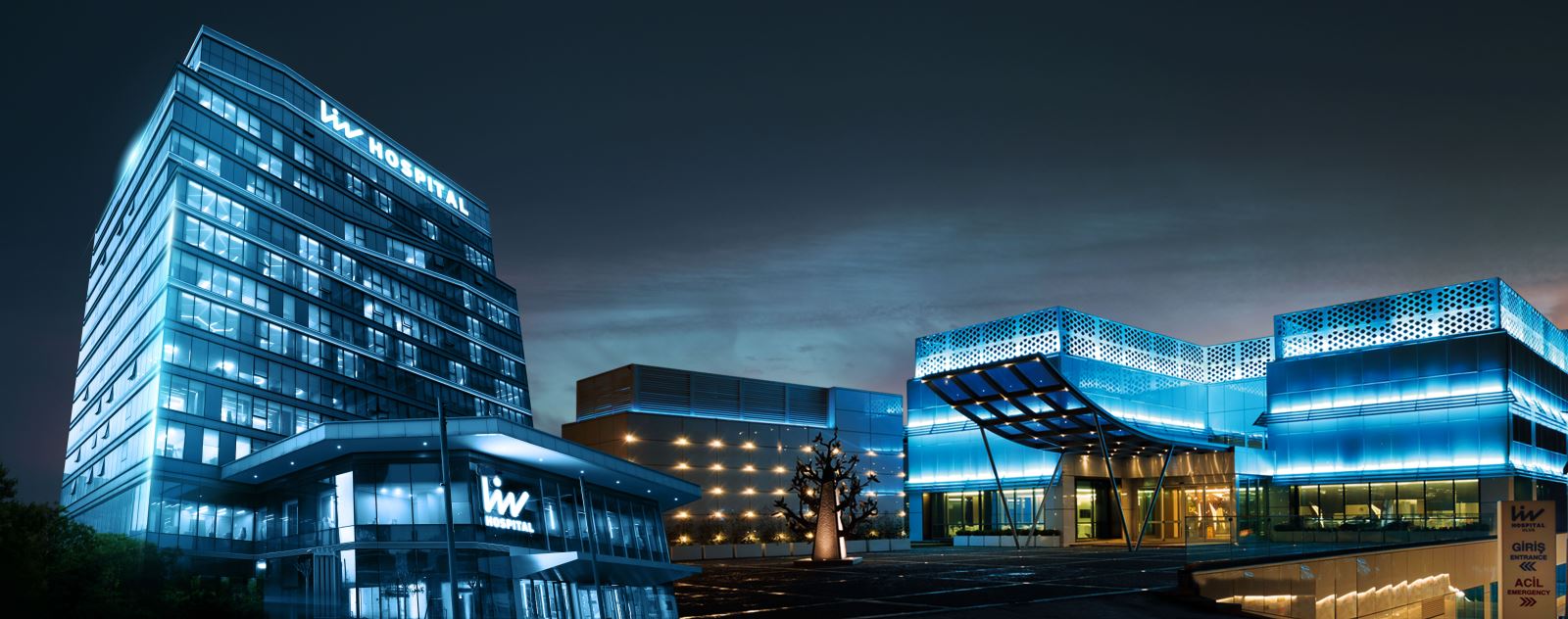The World Obesity Foundation has predicted that, based on the Obesity rate by country, by 2035, about 51% of the world’s population will face challenges in their lives caused by obesity or being overweight. This places forward the importance of treating obesity and related health disorders. The agile and demanding lifestyle, or the opposite relaxed lifestyle, primarily promotes consuming unhealthy food, inadequate exercise, and an unhealthy lifestyle. It is, therefore, necessary to maintain control of weight and health, as being overweight can transform into experiencing obesity, which can be tough to tackle, in Turkey.
The development of healthcare in Turkey, overall quality of engagement, and support placed towards the same have portrayed tremendous potential with time. The increasing quality of healthcare has progressed while retaining affordability, making them an attractive destination for medical tourism. Tourists can explore Turkey’s historic and scenic beauty, with the assurance of safety and health, through affordable healthcare.
What is the main cause of obesity in Turkey?
It is important to understand Obesity disease, before progressing ahead with adequate treatment and its effect on health in Istanbul. Obesity definition is the excess accumulation of fat which can impact health by increasing the body mass index and waist circumference. It increases the possibility of developing various obesity effects like type 2 diabetes, cardiovascular disease, and types of cancer. In addition, it is associated with health problems such as poor mental health, sleep apnea, etc. The reasons are numerous, like genetic obesity, but other factors, like lifestyle choices, environmental factors, and psychological factors, are causes of obesity in Istanbul.
The severity can be determined by 3 Obesity Grades, calculated based on the patient’s Body Mass Index (BMI). It is typically considered that Obesity BMI is 30 or higher, whereas an overweight patient’s BMI is 25 or higher.

What are the 3 causes of obesity in Turkey?
There are multiple Obesity factors in Istanbul, but these are the most-common Obesity diagnoses made by doctors in Turkey.
Lack of sleep
Insufficient sleep can lead to a hormonal imbalance in the body, causing it to crave high-calorie foods more. Leptin and ghrelin are hormones that control appetite, and when people lack sufficient rest, their production becomes imbalanced and causes an amplified desire for food.
High-calorie diet
The prevalence of unhealthy, processed food, it is advertising, the rate of urbanization, and changing lifestyles have all contributed to people consuming meals rich in energy, sugars, salt, saturated fats, and trans fats. This can result in unprecedented weight gain, diabetes, and even cancer.
Lack of exercise
Physical exercise involves performing activities that expend energy and engage skeletal muscles. It is critical to maintaining and enhancing both mental and physical health. Insufficient physical activity and excessive caloric intake can lead to obesity, an accumulation of excess fat.
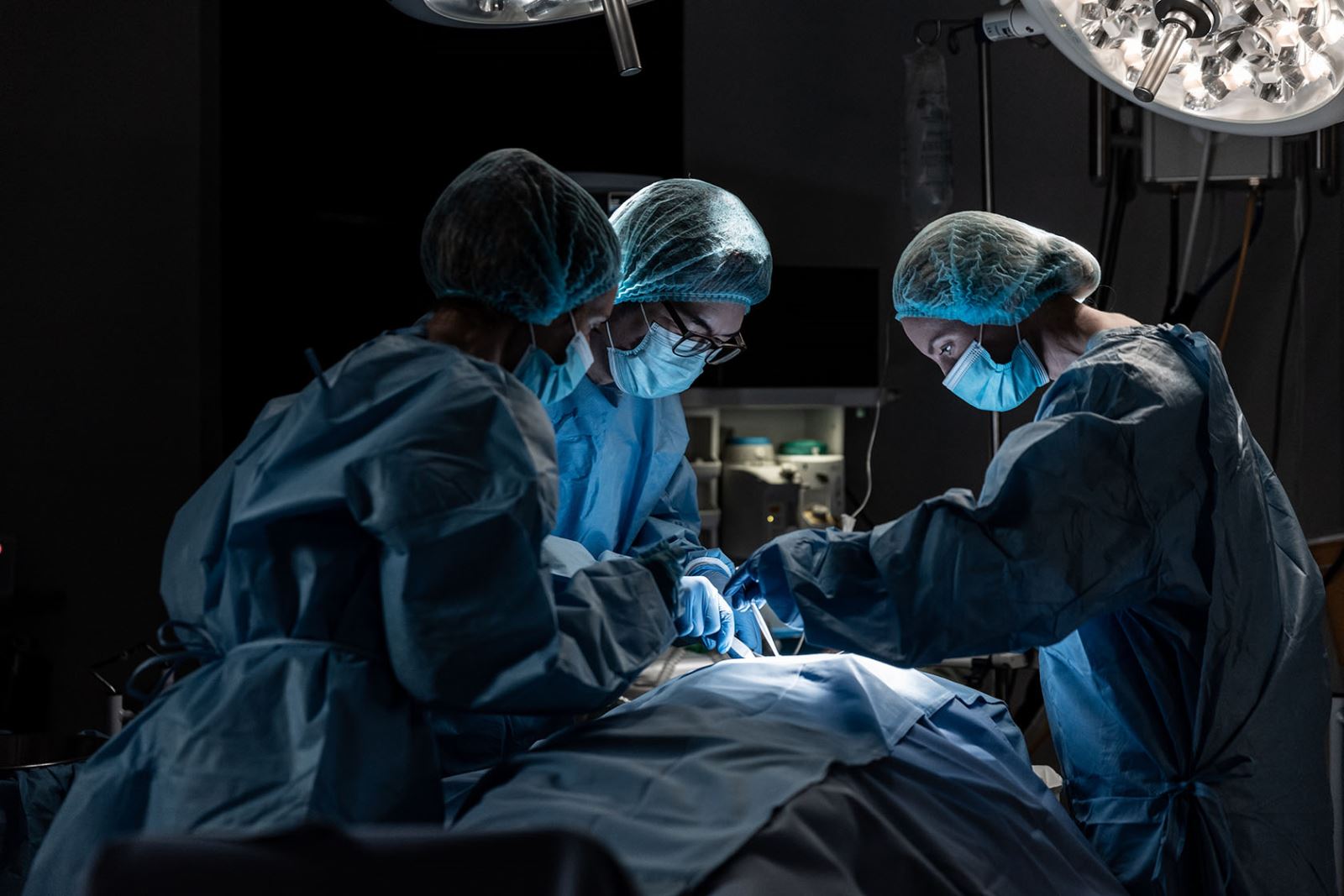
The types of bariatric surgeries in Turkey
Bariatric surgery is a highly effective Obesity treatment, but it still does not eliminate the importance of health and fitness. Let’s understand the most effective types practiced in Istanbul.
Gastric bypass in Turkey
Gastric bypass surgery treats patients facing severe obesity, as it helps to lose weight by restricting the stomach’s size and directly connecting it with the small intestine. The reduced food intake makes the patient feel fuller faster, thereby controlling the absorption of calories and nutrition from food. It can be effective for long-term weight loss when combined with lifestyle changes, such as regular exercise and healthy eating habits.
Gastric sleeve in Turkey
Sleeve gastrectomy is a surgical procedure gaining popularity as an effective way to manage morbid obesity. It removes nearly 80% of the stomach, leaving behind a tube-shaped stomach with the dimensions of a banana. This technique helps to reduce hunger and restrict the amount of food consumed, resulting in weight loss.
Understanding The Biliopancreatic Diversion with duodenal switch (BPD/DS) in Istanbul.
This surgery involves three components. To begin with, a sleeve gastrectomy is conducted, after which the stomach is stitched back using apparatus.
The second step of this process diverts the food from its usual route in the upper small intestine. This limits how many calories and nutrients your body can absorb. This involves dividing the small intestine and creating a connection close to its end. The third step of the BPD/DS method alters the traditional process of breaking down food using bile and digestive juices, thus decreasing caloric absorption for more significant weight loss. A side of the small intestine is connected to the duodenum.
Single anastomosis duodenal-ileal bypass with sleeve gastrectomy (SADI-S) in Istanbul
This surgical technique combines the duodenal switch and sleeve gastrectomy, resulting in a single anastomosis between the duodenum and ileum. The procedure for the operation is the same as a sleeve gastrectomy, in which a tube-shaped stomach is created. The first part of the small intestine is separated shortly, after which a loop of the intestine is appended to the stomach.
When eating, the food passes through the pouch towards the latter portion of the small intestine. It then mixes with digestive juices from the initial section of this organ, allowing for sufficient absorption of vitamins and minerals to sustain nutritious levels. In addition, it provides weight loss, reduced hunger, increased fullness, blood sugar, and diabetes control.
Adjustable gastric band in Istanbul
In the AGB surgery, the specialist places a flexible silicone band around the upper part of the stomach that can be loosened or tightened as per requirement.. AGB aims to reduce hunger and limit food intake by creating a small pouch at the top of the stomach, thus reducing overall food consumption and aiding in weight loss. It helps patients maintain their weight loss over time by allowing them to adjust the size of their stomach pouch as needed.
Get the best obesity surgery in Turkey
It is essential to address obesity in its early stages, as it can lead to various serious medical conditions, including heart disease, stroke, diabetes, and certain types of cancer. The best way to treat obesity is through medical services provided by hospitals and other healthcare providers. These services include diet plans, exercise regimens, medications, and surgical options. The prompt treatment of obesity can help individuals reduce the risk of developing long-term health complications while improving their overall quality of life.
Liv Hospital in Turkey strives towards shaping the future with a “Leading International Vision” to provide high-quality and affordable healthcare. Liv Hospital has your medical requirements covered by their team of highly trained doctors and medical experts. Liv Hospital guarantee the highest-quality treatment at the most convenient rates in Turkey in 2023. When experiencing symptoms of obesity, please book an appointment at Liv hospital to get in touch with our medical expert to understand various Obesity classes. They provide not only the best Obesity Surgery Turkey but also the best Obesity Surgery in Istanbul
